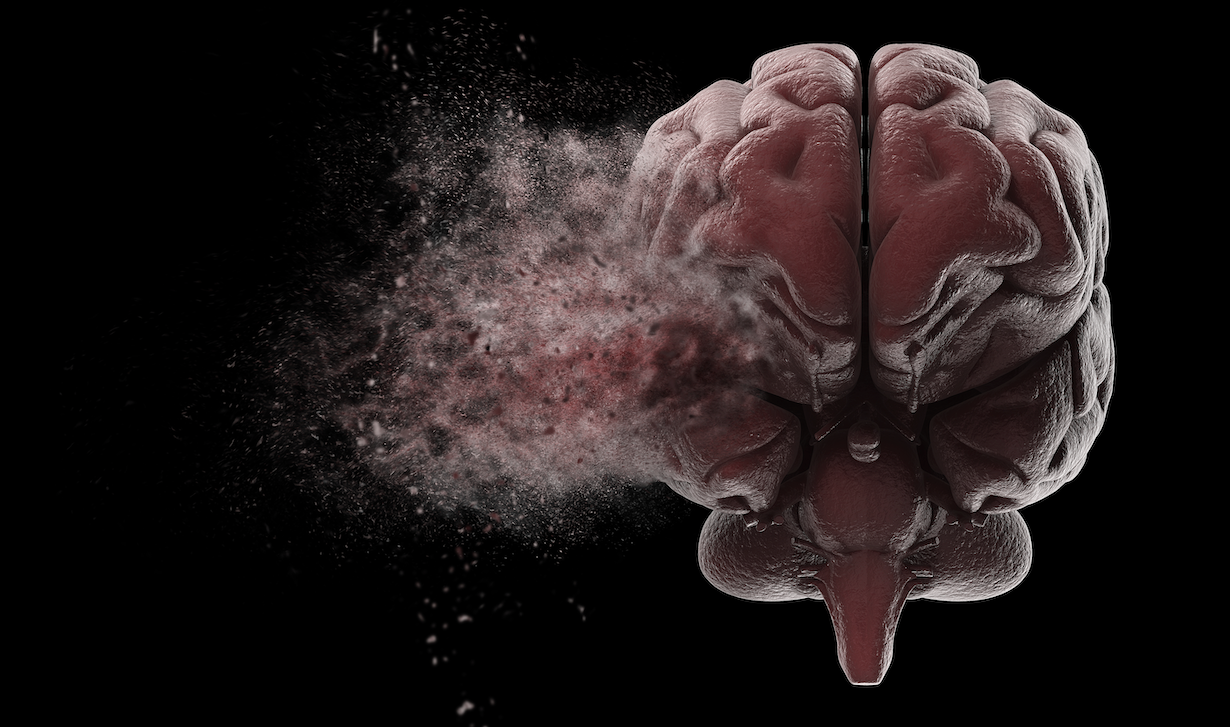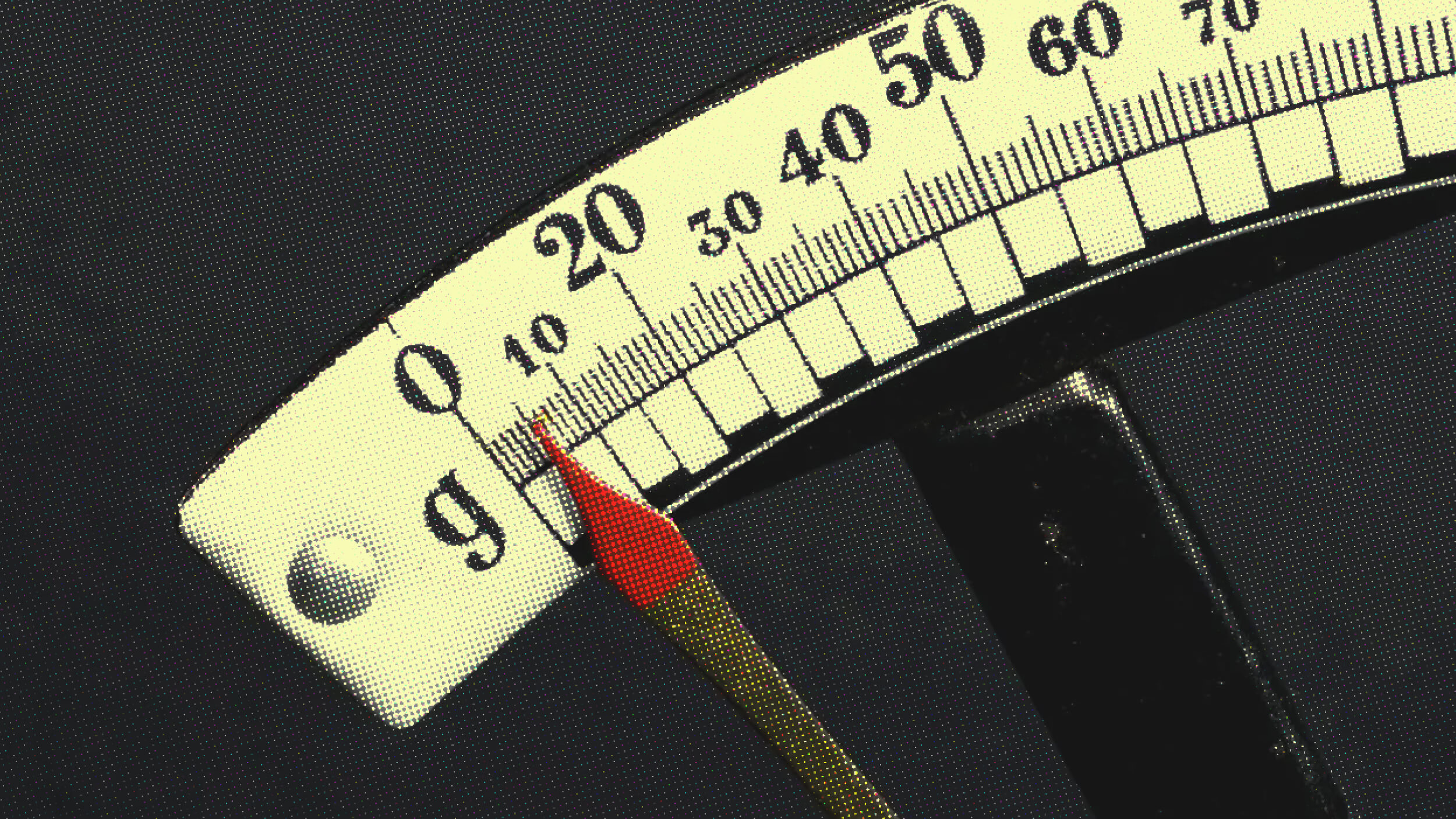How the Brain Responds to Beauty

What’s the Big Idea?
Beauty: What is it? Why are we so affected by it? And when we find it, why does it lead us astray from so many of our rationally determined principles? Our courts defend equal application of the law, but in truth, the law is applied more favorably to attractive people. We speak highly of inner beauty, but we are naturally drawn to people with good complexion and large eyes. Evolutionary psychology says our innate determination to survive results in prioritizing beauty over principles of fairness and equality. Are we really so base?
What’s the Latest Development?
Numerous findings demonstrate the value we place on an individual’s physical beauty in society. Teachers tend to think their attractive students are smarter; juries hand down more lenient sentences if the convict looks good. The face plays a large role in what we consider beautiful because it is the first part of a person we see, and when we see a symmetrical face, we are more eager to get to know the person behind it. Body types also communicate value: large hips in women and a broad build in men are considered positive. But beauty is not entirely beyond our control. Getting a good night’s sleep and being transparent with your emotions can give you a more attractive face.




